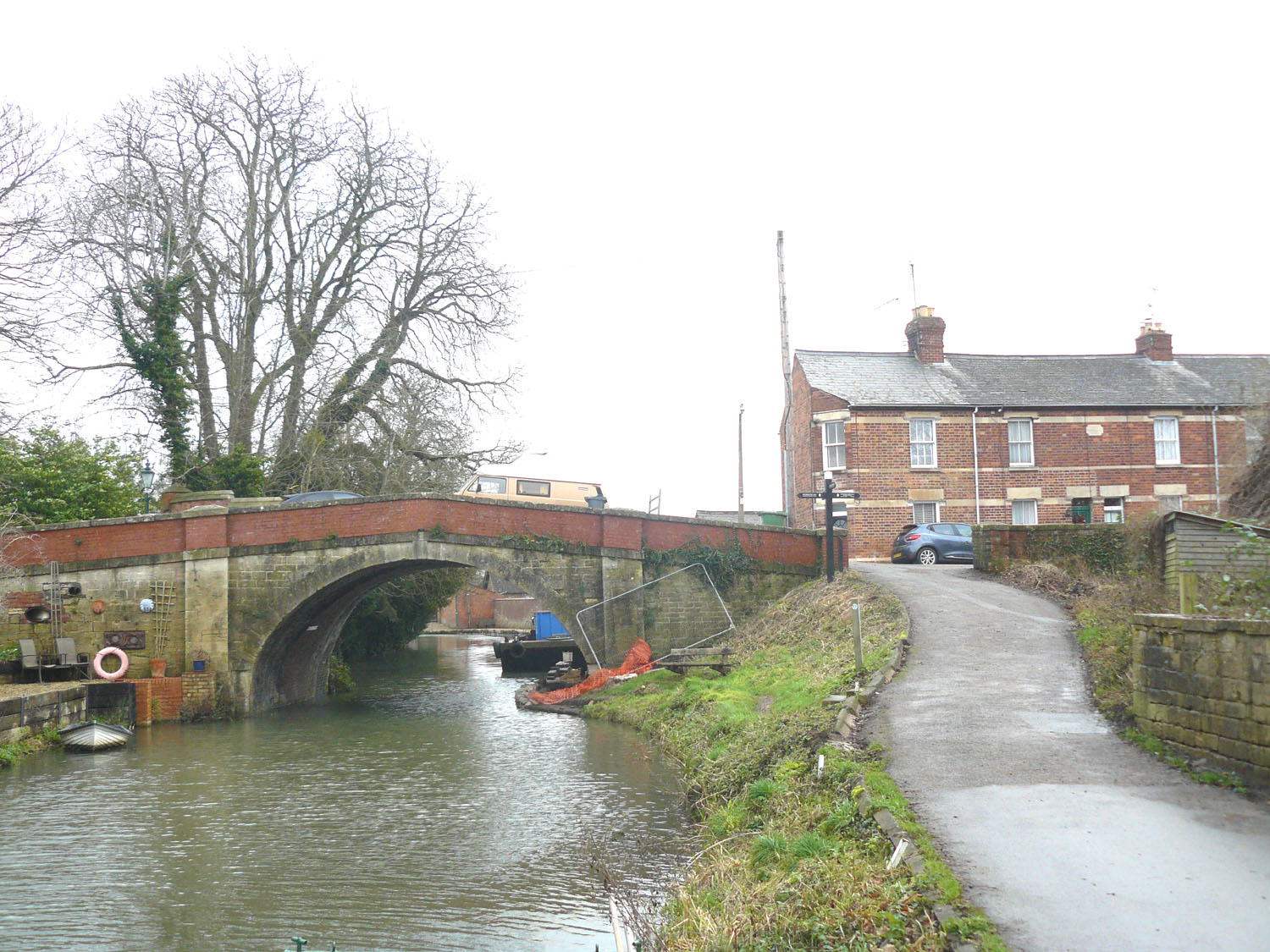Martyn Morris remembers growing up beside the Stroudwater Canal in the 1960s.


When I was living beside Ryeford Bridge in the 1960s, there was little public interest in the canal. A few people came fishing, but I don't recall many just walking along the towpath and I never saw anyone boating or swimming in the canal.
The canal water was rather murky - you couldn't see the bottom. The banks were lined by reed beds, particularly on the saw mills side [east of the bridge], but there was open water in the middle all the way to the Double Lock. The saw mill was particularly known for making coffins and it also made handles for garden tools and brushes. The mill yard adjoined the canal towpath but was separated from it by a high brick wall.
As kids, we often spent time around Ryeford Bridge and along the towpath, creating adventures from what was there. On the Kings Stanley side of the bridge, there was an old gas lamp (now electric) with a cross bar below the lamp. We could stand on the parapet of the bridge, reach up to the cross bar and then slide down the pole. The bridge had two pipes across it on the west side, and we could climb over the parapet and cross the canal walking along the upper pipe. I have no idea why, but it seemed a good idea at the time. There was also a pipe on the eastern side and this was a water main. When it burst one day, so much water came out that the canal level rose above that of the towpath under the bridge.
We often rode our bikes along the towpath, but some places could be tricky as there were ruts and potholes, particularly where cars accessed the garages in the old coal pen [off right of image]. We would race down the towpath on our bikes, and if you lost control, the bumps could throw you into the canal - that happened to me many times.
We mainly had the towpath to ourselves, but we did see some men fishing, particularly in front of the Anchor pub [west of bridge] and also along towards the Double Lock. Once I saw a 4½ pound pike caught. Some boys went fishing using a bean stick and a simple reel, but that did not appeal to me. One day I saw a man lying on the bank with his hand in the water 'tickling' an eel - then he suddenly pulled it out of the water.
Occasionally we did get on to the canal by building a raft from a pallet, some five-gallon drums and some string. The pallet was about three or four feet square and we used the string to tie the drums on through the slats. Then we used odd bits of wood to paddle the raft along the canal - it was our version of Swallows and Amazons. One day, three of us were on one raft when the string began to fail, leaving us marooned in the middle of the canal sinking slowly. None of us had been taught to swim, and we just had to doggy-paddle as best we could until our feet could touch the muddy bottom. Getting out became very messy, and then we got into trouble when we arrived home. Some boys also got afloat in an old galvanised bath left over from the days before houses were modernised.
The canal often froze over in winter, and we liked to throw bricks on to the ice to break it up. In the bad winter of 1962-63, the ice was four to six inches thick: our bricks just skidded across the ice and we were able to walk across. When two swans tried to land on it, they got a bit of a surprise - sliding along much further than they expected.
Ryeford Bridge then carried an important road to Kings Stanley, and big lorries loaded with tree trunks crossed it on their way to the nearby saw mill. Some low-loaders had trouble passing over the hump back canal bridge, and the bed of a lorry occasionally cut quite long striations into the road surface.
The hump back bridge also attracted joy-riders who wanted to frighten their passengers by driving over the bridge at 30 mph or more. Coming down the pitch from the Ebley road, they could see if the road ahead was clear and they could take off - often landing just outside our house. One day a coal lorry came over the bridge too fast, and part of its load crashed into our front door. The coal merchant paid for a new front door, and we also kept the hundredweight of coal that did the damage.
All of these experiences gave me a real interest in the canal which later influenced my studies. When I needed to do a project in the 1970s, the subject I chose was the restoration of the Stroudwater and Thames & Severn Canals. After fifty years of hard work by thousands of volunteers, it is good to see that the first phase of that dream is coming to fruition.